182 Blu-ray / Auryns Haydn: op. 76
3 reviews for 182 Blu-ray / Auryns Haydn: op. 76
Füge deine Bewertung hinzu
You must be logged in to post a review.
Ähnliche Produkte
-
144125Einwilligung verwalten
Um Ihnen ein optimales Erlebnis zu bieten, verwenden wir Technologien wie Cookies, um Geräteinformationen zu speichern und/oder darauf zuzugreifen. Wenn Sie diesen Technologien zustimmen, können wir Daten wie das Surfverhalten oder eindeutige IDs auf dieser Website verarbeiten. Wenn Sie Ihre Einwillligung nicht erteilen oder zurückziehen, können bestimmte Merkmale und Funktionen beeinträchtigt werden.
Funktional Always active
Die technische Speicherung oder der Zugang ist unbedingt erforderlich für den rechtmäßigen Zweck, die Nutzung eines bestimmten Dienstes zu ermöglichen, der vom Teilnehmer oder Nutzer ausdrücklich gewünscht wird, oder für den alleinigen Zweck, die Übertragung einer Nachricht über ein elektronisches Kommunikationsnetz durchzuführen.Präferenzen
Die technische Speicherung oder der Zugriff ist für den rechtmäßigen Zweck der Speicherung von Präferenzen erforderlich, die nicht vom Abonnenten oder Benutzer angefordert wurden.Statistiken
Die technische Speicherung oder der Zugriff, der ausschließlich zu statistischen Zwecken erfolgt. Die technische Speicherung oder der Zugriff, der ausschließlich zu anonymen statistischen Zwecken verwendet wird. Ohne eine Vorladung, die freiwillige Zustimmung deines Internetdienstanbieters oder zusätzliche Aufzeichnungen von Dritten können die zu diesem Zweck gespeicherten oder abgerufenen Informationen allein in der Regel nicht dazu verwendet werden, dich zu identifizieren.Marketing
Die technische Speicherung oder der Zugriff ist erforderlich, um Nutzerprofile zu erstellen, um Werbung zu versenden oder um den Nutzer auf einer Website oder über mehrere Websites hinweg zu ähnlichen Marketingzwecken zu verfolgen.

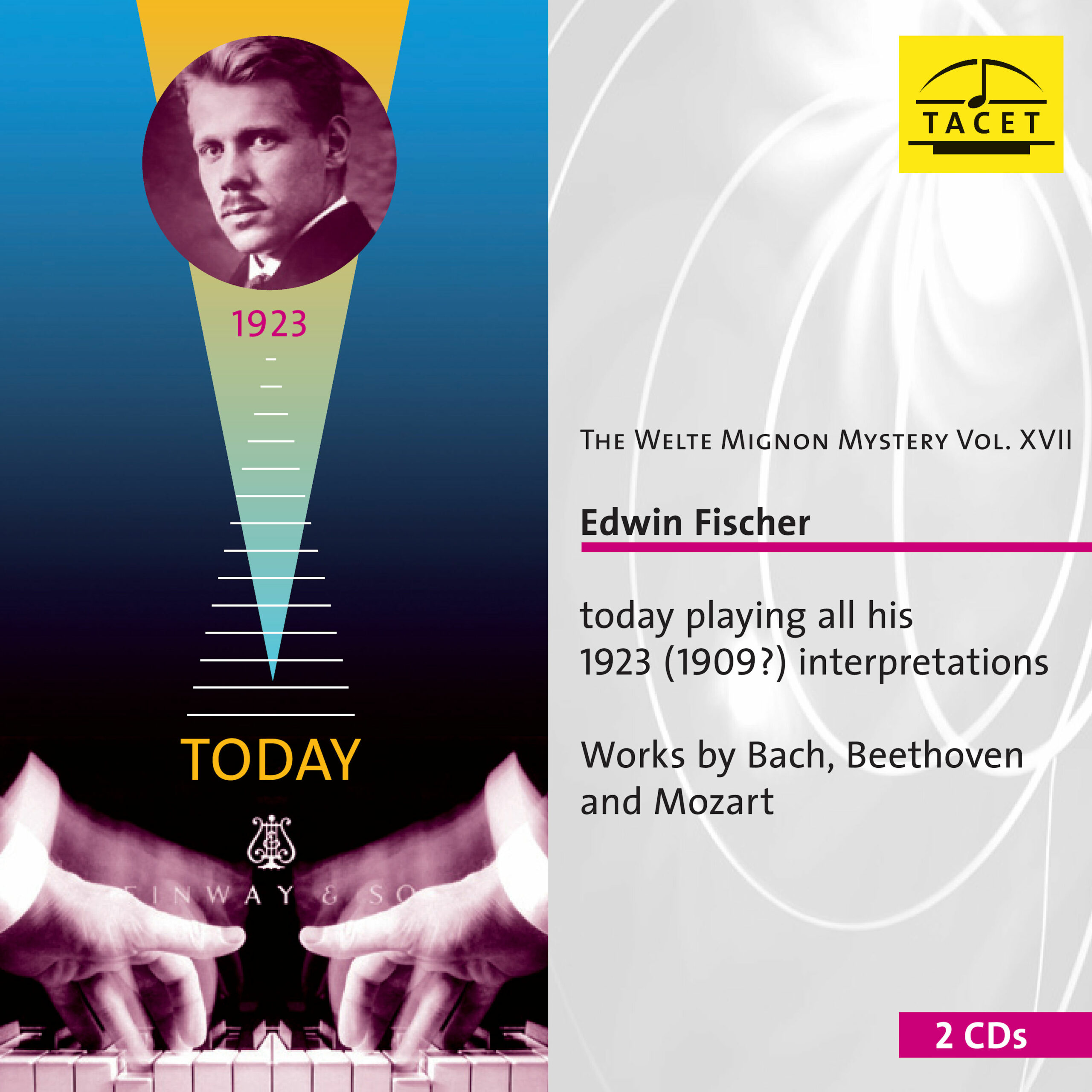
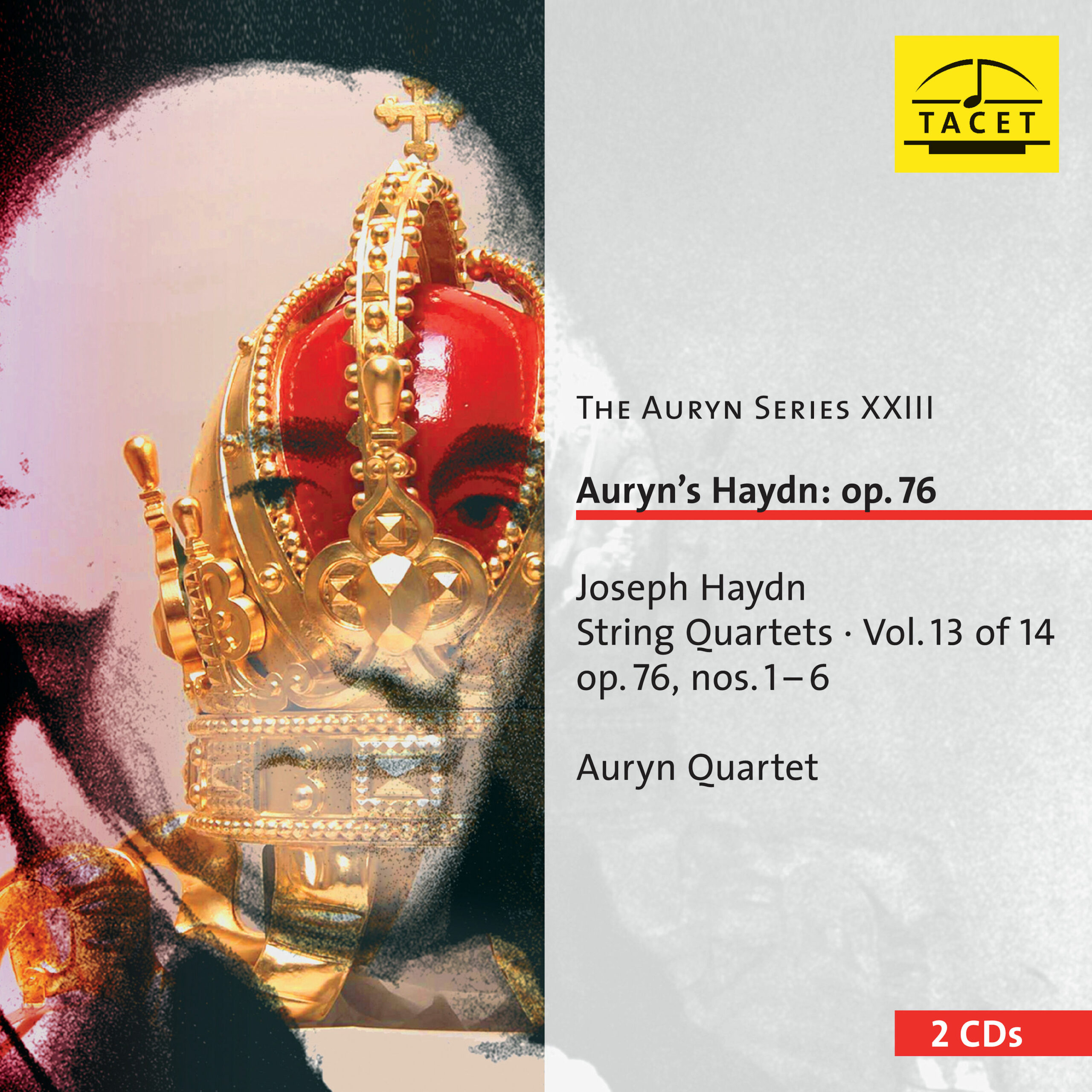
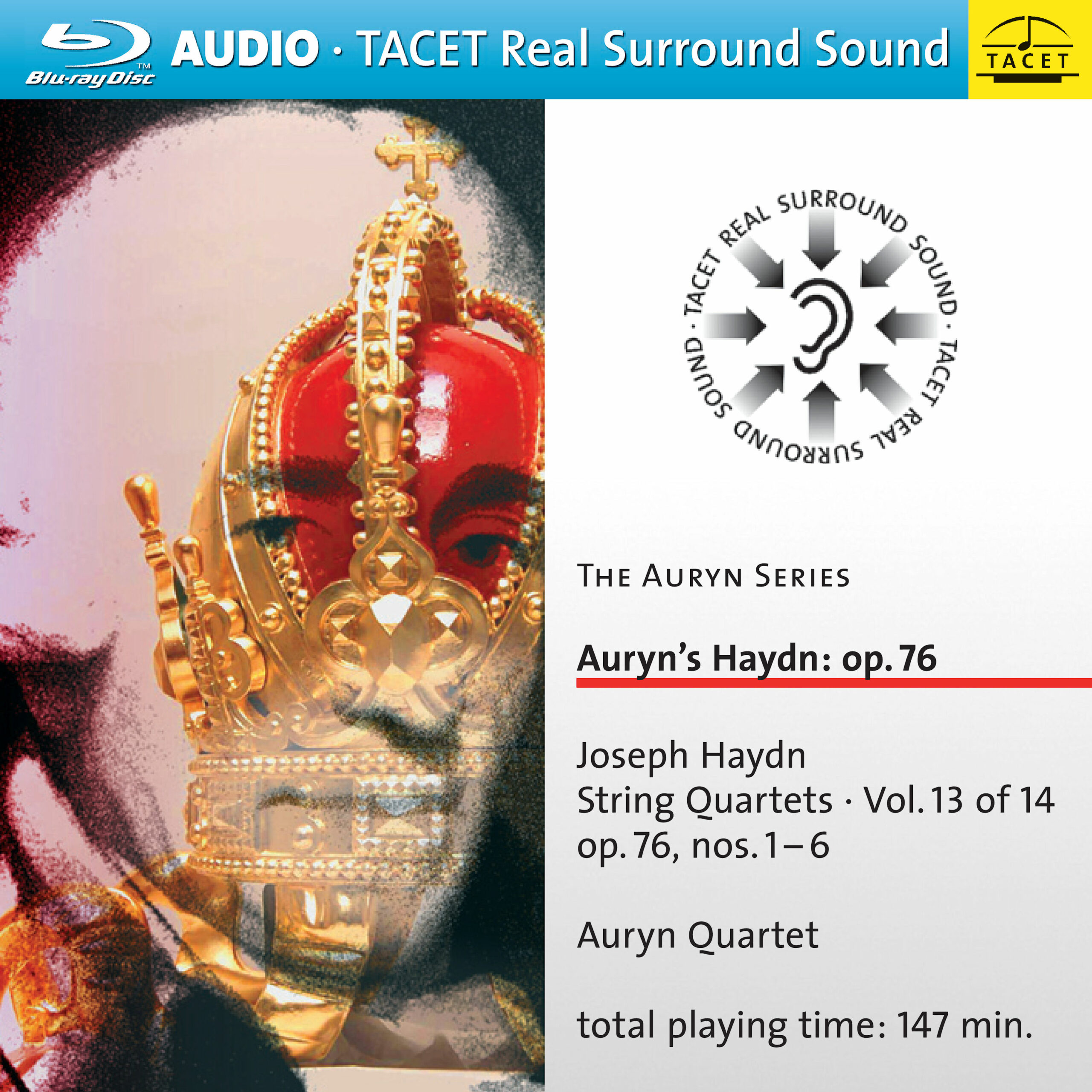
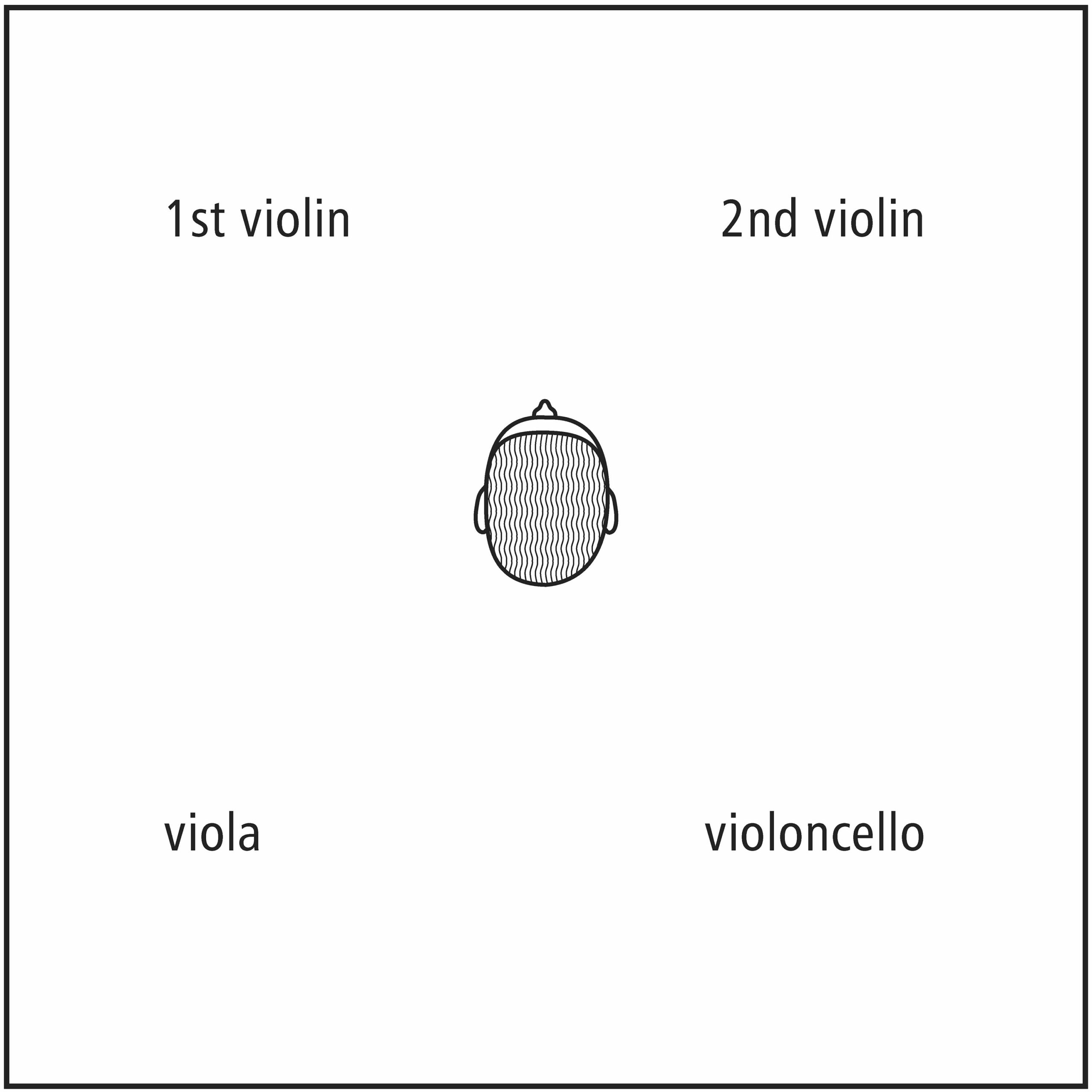
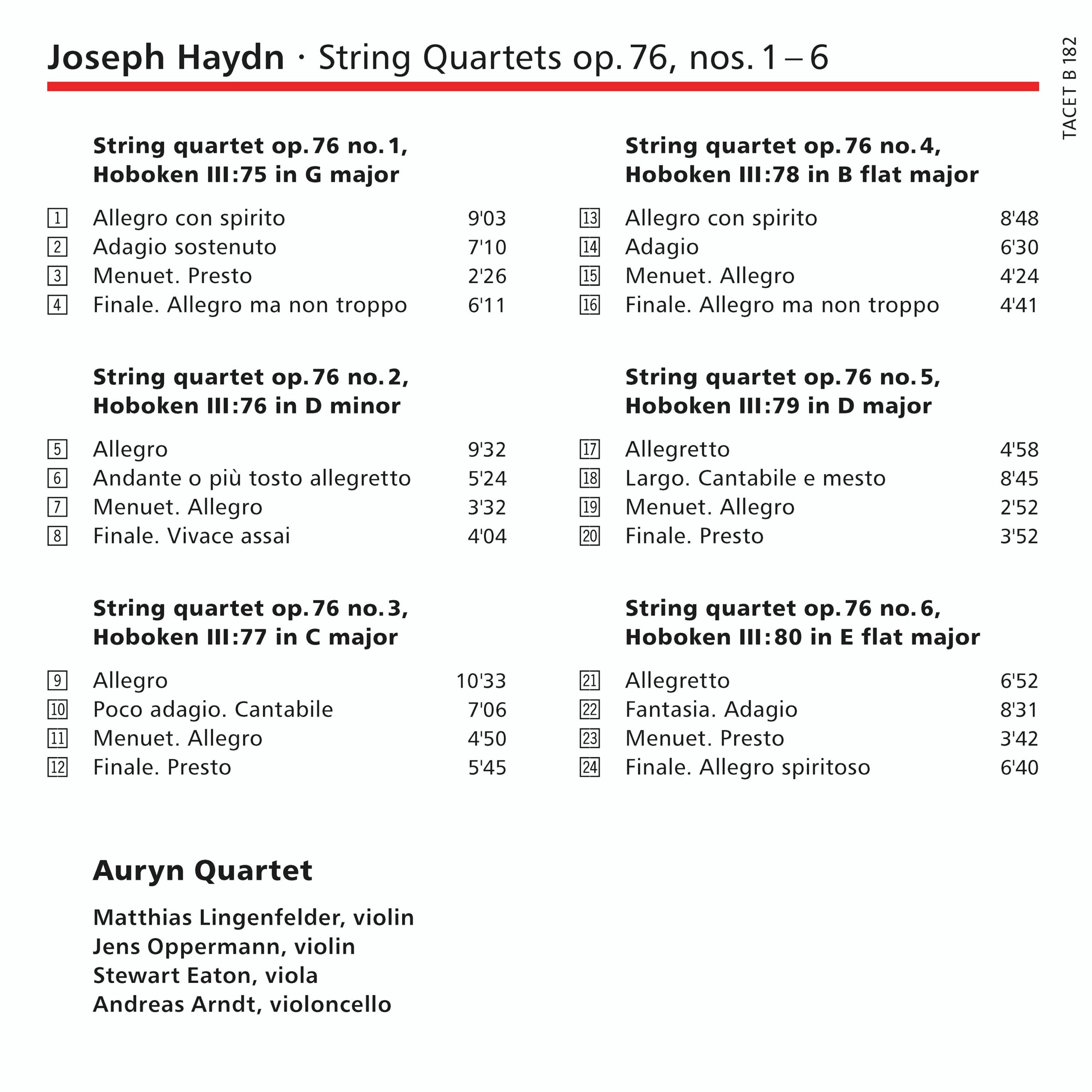
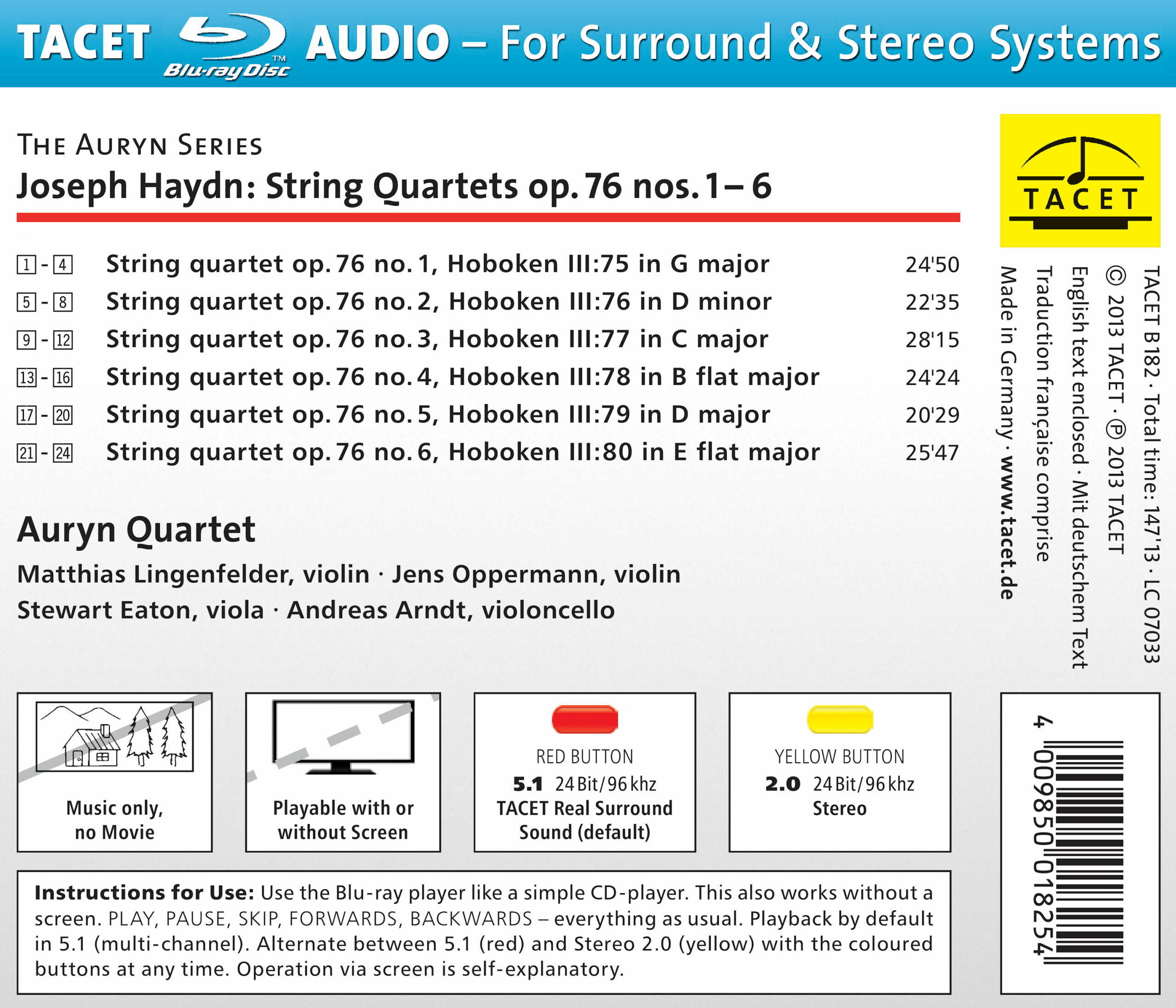
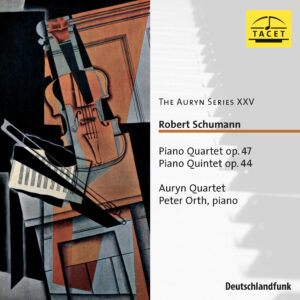

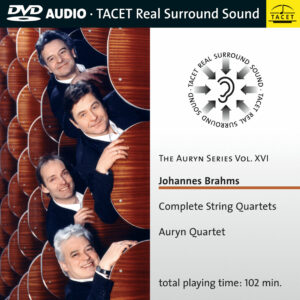
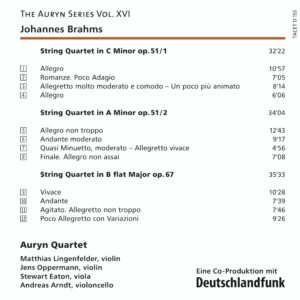
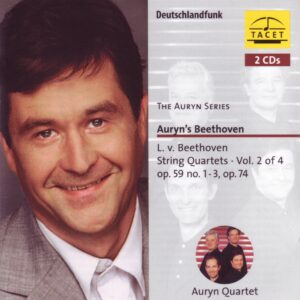
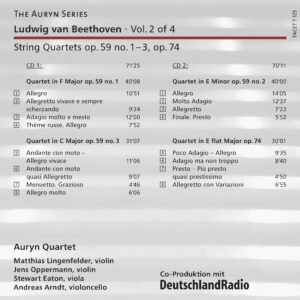
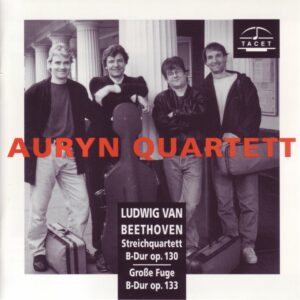
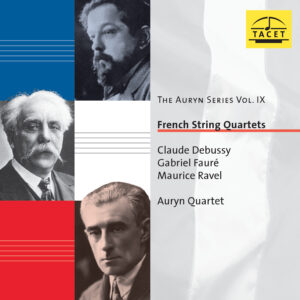
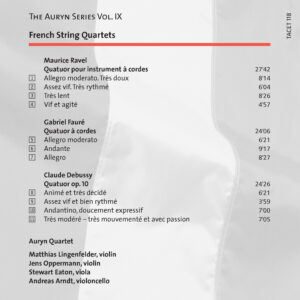
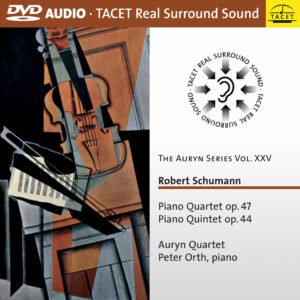
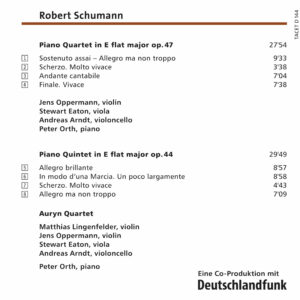
Fanfare-Magazin –
--> original review
The Auryn Quartet’s now complete survey of Haydn’s string quartets has been previously reviewed here piecemeal by three or four other Fanfare contributors. James North covered the op. 76 group in 33:4 when it was originally released as a two-disc set. This is a reissue of that set, but in a strikingly different format. Since that is key to whether this release will be of interest to you or not, let me deal with that aspect of it first.
This is a multi-channel, surround-sound audio disc, but it’s not one of your now familiar run-of-the-mill SACDs. Rather, it’s a Blu-ray disc, but one which contains audio only. The idea is a capital one, and frankly, I don’t know why we’re not seeing more of it, since it adapts itself so well to sets of collected works, such as we have here.
Simply put, Blu-ray, like DVD, is a format originally designed for a combination of video and audio content, which requires a much greater storage capacity than either a standard audio CD or SACD. If a high-definition Blu-ray disc is thus used to store just audio, instead of both video and audio, it can contain staggering amounts music. Imagine the space savings of having a complete cycle of the Beethoven symphonies on a single disc.
With this release, Tacet demonstrates that all six of Haydn’s op. 76 quartets can be easily accommodated on a single Blu-ray disc, and in uncompressed, high-definition, multi-channel sound.
Ordinarily, a string quartet is seated in more or less of a semicircle, starting with the first violin on the audience’s left, and continuing in a clockwise direction with the second violin, viola, and cello. But the seating here is different, and it really comes out in the recordings. The semicircle begins, as usual, with the first violin on the left, but immediately to his left is the cello, then continuing clockwise with the viola and the second violin. This presents these works in a quite different perspective from how we’re used to hearing them.
A well-known joke among string quartet players is the one about the second violinist and the violist arguing over which is their favorite Haydn quartet. The second violinist says, "It’s the one that goes da-de-da-de-da." To which the violist replies, "No, it’s the one that goes de-da-de-da-de." The implication is that the two inner voices in Haydn’s quartets rarely have anything very interesting to do, and that they’re often limited to playing in alternating thirds and sixths to fill in the harmony.
The placement of the instruments in these performances dispels that notion, for with the players paired as they are, the exchanges of parts and the counterpoint between them are clearly audible in a way I’ve been aware of only as an occasional player in a Haydn quartet myself. This is not the way one usually hears the music on record, and it’s quite an ear-opening experience.
(…) I much prefer the Auryn in this repertoire, and I wonder if North’s impression of these performances might not change if he heard them in this exceptionally vivid-sounding Blu-ray release.
As complete Haydn quartet cycles on modern instruments go—at least of those I’m familiar with, which include the Angeles (Philips), Kodály (Naxos), and Aeolian (Decca) Quartets, the Auryn would now be my first choice for reliable, technically flawless, overall stylish performances that cultivate a clean, lean sound, just tempos, and no Romantic indulgences. I would agree with North, however, to the extent that while the performances exhibit no unorthodoxies, neither do they exhibit much in the way of musical revelation. Still, I prefer the Auryn’s unadventurous approach to the less consistently dependable competition, at least until another ensemble decides to go for broke and record a complete Haydn cycle.
Jerry Dubins
American Record Guide –
--> original review
(...) their Sound is always beautifully blended. High Points of the recording include a warmly elegant rendition of the third quartet's famous slow movement (…)
John Pitcher
Sächsische Zeitung Dresden –
Right in the middle there instead of just
How can music be brought even closer to listeners? TACET is the German record company that most persistently experiments with all kinds of sound discs. In addition to stereo media CD and LP, the audiophile label offers SACD, DVD-Audio, and Blu-ray Audio with multichannel surround recordings. The Blu-ray is used on the home theater system and allows a choice between two-channel and six-channel versions. It has space for about two and a half hours of music. The screen shows only the tracklist, so it can remain dark. However, the music fills the room in an unprecedented way. Following Mozart with the wind serenade known as "Gran Partita" and Ravel including Bolero, Pavane, and Tzigane, TACET now presents the multi-award-winning cycle of Haydn's string quartets. The latest release includes the six masterpieces of Opus 76, including the so-called Emperor Quartet: The listener sits between the instruments, with the violins in front, viola and cello behind. Unless, of course, the listener turns around. Here, the customer is literally an emperor.
Jens Sommerschuh